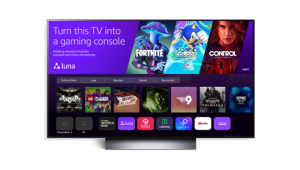Sony to Stop Making Betamax Tapes (Seriously)

The announcement was made in a press release issued in Japan earlier this month. Here’s an excerpt about the legendary format from our 2012 story, “Flops: Fourteen Formats and Technologies that Couldn’t Quite Hang On”:
Sony’s Betamax videocassette format is famous not only for losing the mother of all format wars to JVC’s VHS system, but for introducing America to the concept of time-shifting TV programs. It also became the symbol of recording rights through Sony’s seven-year court battle with Hollywood that led to the Supreme Court’s landmark 1984 decision affirming the right to record TV programs for personal use. Ironically, by the time the historic ruling was handed down, one in five American TV households already owned a videocassette recorder (VCR) and VHS was outselling Beta by a wide margin. Sony conceded defeat and started selling VHS in 1988, although Beta remained a niche format outside of the U.S. for years to come.The downfall of Beta is a story of stubborn pride and bad decisions. Sony introduced the first consumer VCR in late 1975, nearly two years before VHS entered the market, but squandered its lead by failing to line up a critical mass of support for the format. When JVC launched the conceptually similar but slightly bulkier VHS format in 1977, it already had the support of other top brands, including TV market leader RCA. Aggressive licensing, coupled with a recording time of two hours versus Beta’s one hour, gave VHS instant market momentum. Convinced that even longer recording times were necessary for sporting events, RCA equipped its first VCR with a four-hour long-play mode, sparking a tape length/recording time war that eventually topped out at five hours for Beta and 10.6 hours (with awful picture quality) for VHS.
























































